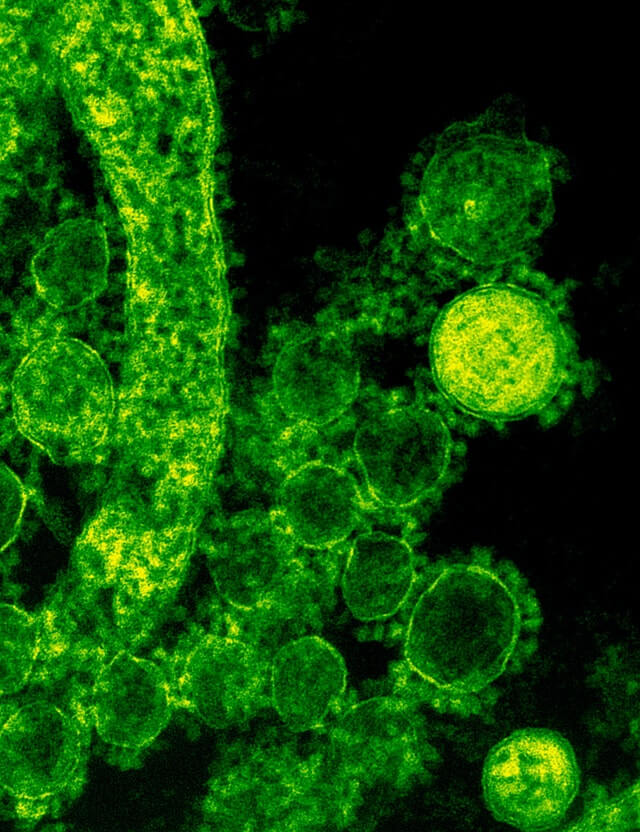Before we start talking about Yeast infection sores first, we need to know the meaning of Yeast infection.
Yeast infection is an infection caused by the overgrowth of candida.
Candida is a type of what is known as yeast that is found naturally within your body but when the balance is broken between yeast and good bacteria, then yeast grows or proliferates as a fungal infection called candidiasis that causes Yeast infection sores.
This kind of infected sores appears in the form of raw and very painful spots anywhere on the skin and genital organs which is the most common.

Causes of yeast infection sores
The infected sores may appear side by side with other skin features caused by the yeast infection such as rash and itching and then sores may be formed.
Sores may also appear due to chemicals and medical treatments.
Also, a weak immune system and some diseases like diabetes may lead to the same features.
Yeast infection sores Symptoms
Symptoms may be mild or severe, but the sure thing is that it's going to be uncomfortable as:
- Itching
- Dryness
- Burning sensation
- Soreness
- Redness
- White discharge
- Pain accompanied by urination and intercourse when affecting genital organs
The most common form of these sores is the sores of genital organs, it is usually more common in females than males because.
Women have more tendency to hormonal disturbance which leads to imbalanced overgrowth of candida.
Statistics say that three of four women may get one infection in their lifetime. Many women may be Infected more than once in their lives.

Symptoms of yeast infection sores in women
- Vaginal itching
- Burning sensation during urination
- Uncomfortable painful sex
- Vaginal soreness
- May have rash
- Thick white cheesy discharge
- Swollen red vulva
- It may cause tears in severe cases
Symptoms of yeast infection sores in men
It is not common in men as women, but it may occur (especially in uncircumcised men) when they have sex with a woman with vaginal yeast infection and give the following symptoms:
- Itching
- Red swollen penis
- Burning sensation with sex
- Shiny white area on the penis
- The thick and white matter in skin folds
Probable complications
Yeast infection sores may be complicated in some physical and medical conditions such as pregnancy, weak immune system, and uncontrolled diabetes.
In this case, you may need a longer course of medication and treatment plan and may also need more medical care.
Also, it may be complicated by another type of fungus than what causes yeast infection sores.
So, if you have any of these symptoms or complications, you need a doctor's appointment urgently.
Yeast infection sores need to be examined properly and a doctor may take a smear to examine it under the microscope to get proper treatment.

How to avoid getting yeast infection sores
- Using comfortable loose clothing and underwear made of cotton is important.
- Avoid wearing tight jeans and pantyhose, because yeast thrives in moist and warm environments.
- Take off to go swimming or gym time clothes direct after the finish.
- Avoid using vaginal sprays, perfumes, and lotions, which can cause irritation to the vagina and distribute the balance of bacteria and yeast.
- Using a towel to clean the genital area thoroughly after a shower may be helpful.
- Avoid using douches.
- Use lubricant which is water-based during intercourse.
- Having a shower after intercourse.
- Adding probiotics to your diet or eating probiotic-rich foods.
- Reducing sugar in the diet, such as yeast-like sugar.
- Not take antibiotics unless it's necessary, or you will distribute the body's balance of bacteria and yeast.
- The contraceptive method which is based on estrogen may promote the growth of yeast.

How to differentiate between herpes and yeast infection sores
Yeast infection sores are not considered an infection, but it's more as fungal overgrowth may be caused by moisture that can result from sweating, newly taken antibiotics, or discharge from another adjacent infection that keeps the area moist.
The skin lesions for the two conditions can look similar, so maybe easily be confused.
It’s important to differentiate between these two conditions
- Both infections may cause a burning sensation and itching at the vulva and vaginal opening.
- Both of them may cause pain during urination (if it involves the urethra)
- Both infections can affect the vagina and the area around it
But to differentiate between them, we need to know that vaginal yeast infection sores can be more easily cured than herpes.
Also, these vaginal sores usually will not be transmitted to the other partner easily as herpes.
Yeast infection sores usually produce a white cheesy discharge, unlike Herpes Which produces scant clear discharge with a thin consistency.
Yeast infection's redness and irritation cover the entire area of the vagina and vulva, unlike Herpes Which usually covers one side of the body and is not as widespread.
A yeast infection doesn't cause lymph node enlargement usually. On the contrary, Herpes can develop an enlarged lymph node localized on the same side of the skin lesions.
A vaginal yeast infection rarely produces systemic symptoms. Unlike Herpes lesions which can cause some symptoms like fever, chills, and flu-like symptoms.
Now, after we had a wide overview of yeast infection sores, we need to know how to treat or cure them.

Yeast infection sores treatment
Most cases don't need to be treated in hospitals. People with weak immune systems may have more serious complications and may need to be hospitalized.
Routine yeast infection sores rarely require hospital treatment.
You may need a doctor if you suspect a yeast infection to get a proper diagnosis and recommendations for medication and treatment.
Yeast infection sores can be cured with antifungals in a few days. You can also use creams or suppositories (like Monistat and other brands) at drugstores.
Make sure you follow the instructions and use all of the prescriptions, even if you are getting better before you finish the medicine.
You can also use a single pill (called Diflucan or Fluconazole).
You can better get a prescription from your doctor to get the yeast infection pills.
As we know that yeast infection sores are itchy, but try not to scratch or irritate them with any triggers.
It can make more irritation or cause tears in your skin, which can spread germs and cause more infections.
The doctor can also give you some advice on relieving the burning and itching sensation.
Women should go to the hospital when they have fever, chills, nausea, vomiting, or abdominal pain with vaginal discharge.
These symptoms can be a sign of more serious health problems such as kidney infections, appendicitis, or pelvic inflammatory diseases. In this condition, we need a proper investigation.
People with poor immune systems may suffer from a bigger problem with the candidal organisms growing in their blood or internal organs, which is going to be a life-threatening illness.
Intravenous (IV) medication is usually necessary to control these systemic symptoms.
In the end, yeast infection happens at first due to an imbalance in our body. If we can keep a healthy good life, we can prevent that kind of infection as prevention is better than cure.
Read more about:
Home Remedies For Yeast Infection
Effective Remedies For Male Yeast Infection
Natural Remedies For Cold Sores


You must be logged in to post a comment.